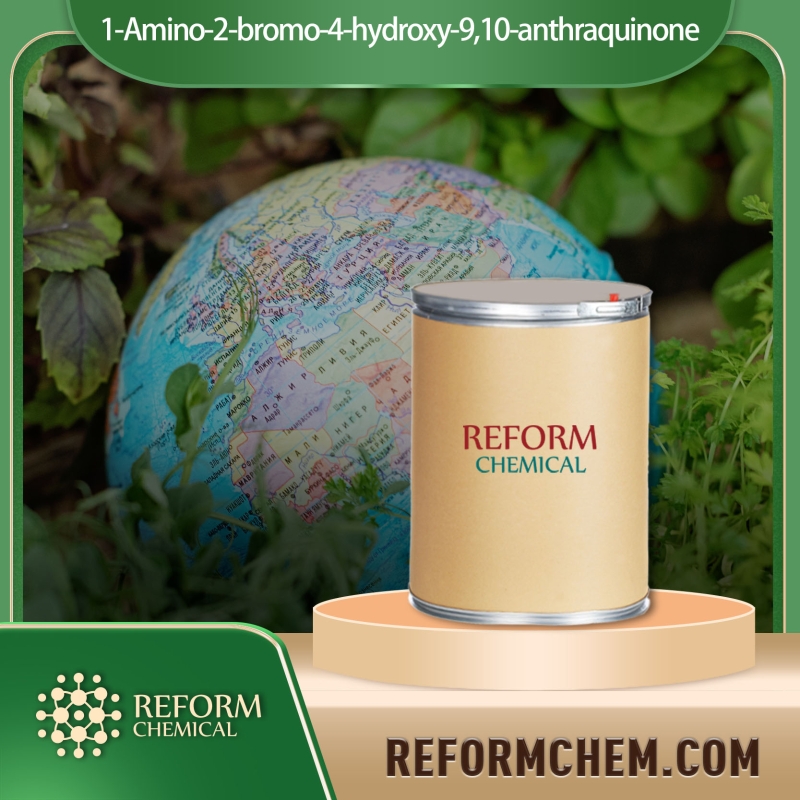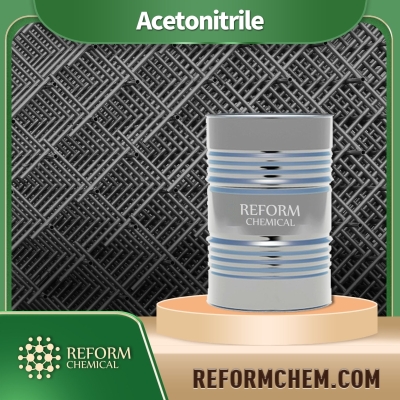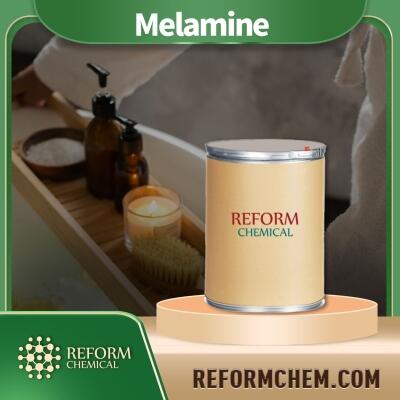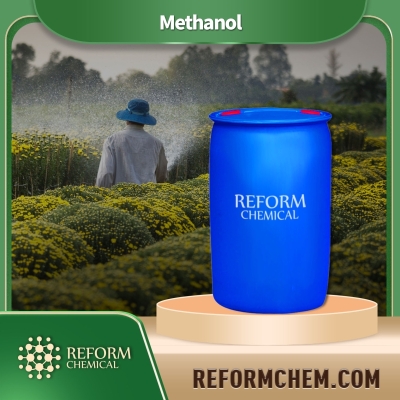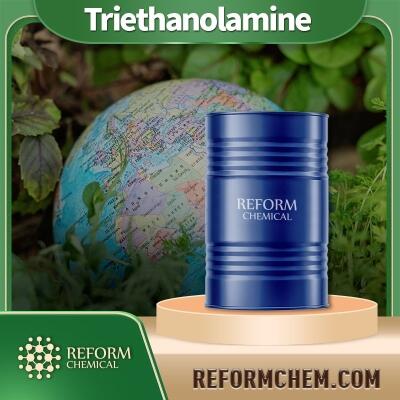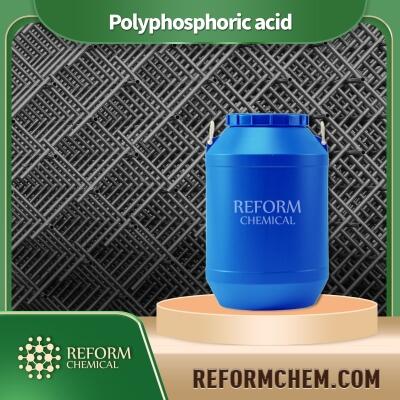What percent of argon is in the atmosphere and its properties
What percent of argon is in the atmosphere is a question that many people have a hard time answering. The reason for this is because the percentage varies on the time of year and time of day. The Earth's atmosphere is comprised mainly of nitrogen (78%) and oxygen (21%). These two gases make up over 98% of the Earth's atmosphere. However, argon gas makes up only .958% or 9 out of 100 molecules in our atmosphere, which means that it is by far the rarest gas present in our atmosphere.
Properties of argon
1. It has low thermal conductivity
The next most abundant gas in air is oxygen, which accounts for about 19% of the atmosphere. This prevents air from warming up too quickly when sunlight strikes a surface. As a result, the Earth's surface temperature stays relatively cool.
2. It does not cause the sky to grow dark at night or obscure the stars
If a large number of nitrogen molecules were to take on an argon molecule and disappear into the air, it would result in an opacity in our atmosphere. Even though this might happen during a total eclipse or other rare event, it is not likely that we could notice this change because it would only occur during such random events and not at all times. In fact, according to NASA scientist B. G. Francis, there is no evidence to suggest that the atmosphere can support a significant number of argon atoms escaping into space.
3. It is a light gas
Argon is one of the lightest gases known to science, and this is definitely not a problem in our atmosphere. In fact, it contributes to the Earth's greenish tint because of its presence in sunlight-reflected air. Because it does not absorb or reflect infrared wavelengths as much as do other gases, it contributes to the greenish appearance of our skies at night and in daylight.
4. It does not cause other gases to spread and mix throughout the atmosphere
Argon does not absorb or reflect enough ultraviolet light to change the length of time the Sun stays up in our sky. There is little argon in the stratosphere, so it has little effect on ozone production. Although argon has a number of strong bonds that allow it to affect other gases in its presence, there are no gases whose stability or characteristics are largely influenced by argon because it is so tiny in amount. For example, if argon was much more prevalent in our atmosphere, it would prevent certain types of chemical reactions from occurring by bonding with oxygen atoms that needed to move elsewhere within molecules to create a bond. Because argon is not that prevalent, it has little effect on these chemical reactions.
5. It is inert in the atmosphere and does not take part in chemical reactions
Argon's effects on other gases do indeed vary on a case-by-case basis, but there are no large chemical reactions or gaseous changes that can be attributed to argon itself. The rare few occasions where argon may have an effect are the result of its presence being magnified by the presence of other gases or gas concentrations in the atmosphere. For example, argon is colorless and odorless, but adding it to nitrogen can create an artificial white smoke used by firefighters. This answers the question, what percent of argon is in the atmosphere?
Uses of argon
1. Argon is used in the production of silicon and other gasses, as well as in pyrotechnics and welding.
Argon is also used to determine estrogen levels in water to identify signs of estrogen pollution. It is used for this purpose because of its inability to bond with molecules, which means that any presence of argon present in a sample can be attributed only to some type of human activity. With heavy industry taking place throughout the world, this is an important property that argon possesses.
2. Argon is used as a protective covering for the filament in light bulbs
The gas is used because it does not react with oxygen in the air. Because of its ability to maintain a constant temperature over such an extended period of time, argon is used to make liquid-filled light bulbs that are resistant to shock and heat. Scientists at Argonne National Laboratory have created a new generation of high-intensity discharge (HID) lights, which can replace traditional light bulbs.
3. Argon has been used as a shielding gas in welding
When you need to join metals that are not compatible with each other, argon provides the perfect barrier between them so they can be welded together without fear of chemical reactions or explosions due to oxidation.
In conclusion, the question "what percent of argon is in the atmosphere?" can be answered in a number of ways. However, the one constant factor is that it will always be less than 1% of the Earth's atmosphere.
Looking for chemical products? Let suppliers reach out to you!
Trade Alert
Delivering the latest product trends and industry news straight to your inbox.
(We'll never share your email address with a third-party.)
Related News
-
Is Argon A Gas - The Story of The Argon
-
The Many Fun Facts About Argon You Should Know
-
What is d calcium pantothenate calcium
-
Why is glycerol soluble in water? Explain
-
How is NaCl an organic molecule and its properties
-
What Are HPMC Capsules? The Complete Answers You Are Looking for
-
Is Fenbendazole the Same as Ivermectin? | Extensive Review
-
What is Nobelium Used for | Detailed Explanation
-
Is Polonium a Metalloid or Metal? Get Truth Here
-
Is Dimethicone Water Soluble: Definitions & Applications
Recommend Reading
-
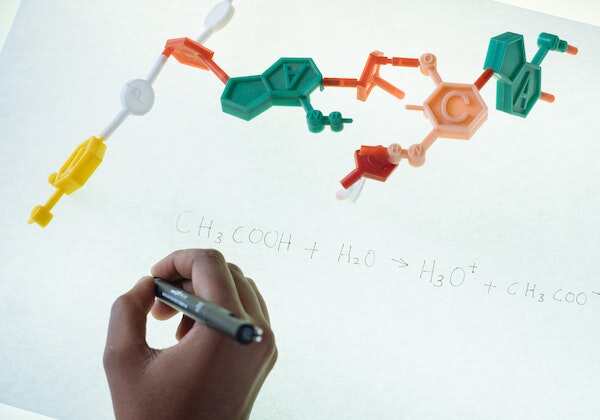
How To And Why Is Chemistry Important In Our Lives
-

Sugar For Reducing Glucose Levels? Why Is Fructose A Reducing Sugar?
-

What is the reason why is liquid nitrogen used as a cooling agent
-
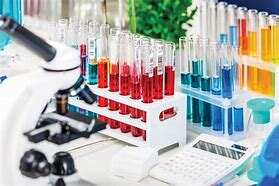
Quickly Review: What is the Charge of Zinc
-

Which Electrolyte Used In Carbon Zinc Dry Cells? Ammonium Chloride
-
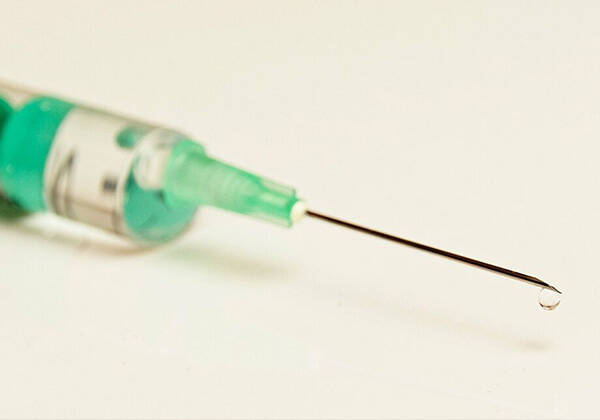
Medicago and GSK announce start of Phase 2/3 clinical trials of adjuvanted COVID
-

Recap of FDA's Automatic Detention of Chinese Food Imports in January 2024
-

Green alternative to titanium dioxide hits the market
-

A Crash Course on Preparation of Phthalic Anhydride From Phthalic Acid
-

GSK Vaccine Trial Breaks Through! Midterm Results Show Effectiveness Exceeds Standard Therapy, but Faces Patent Expiration Challenge





